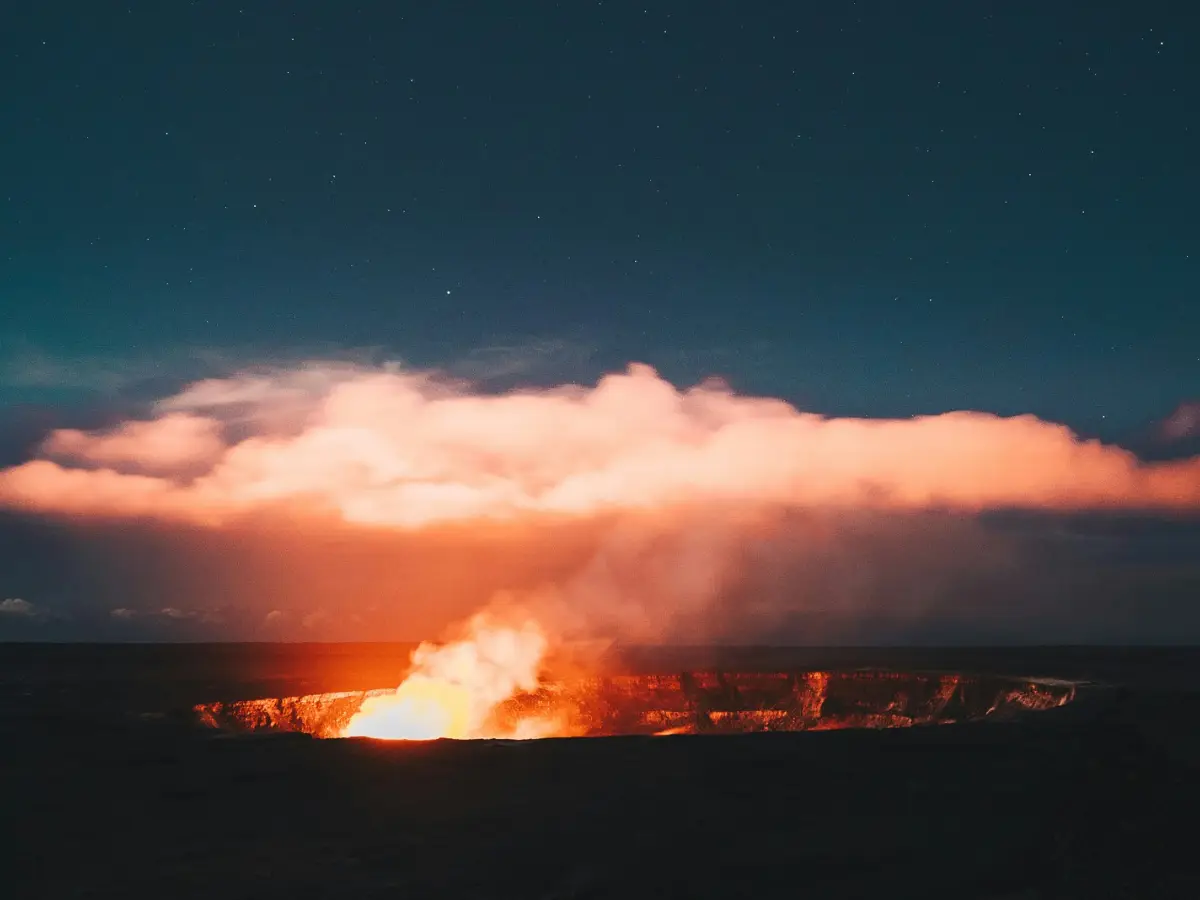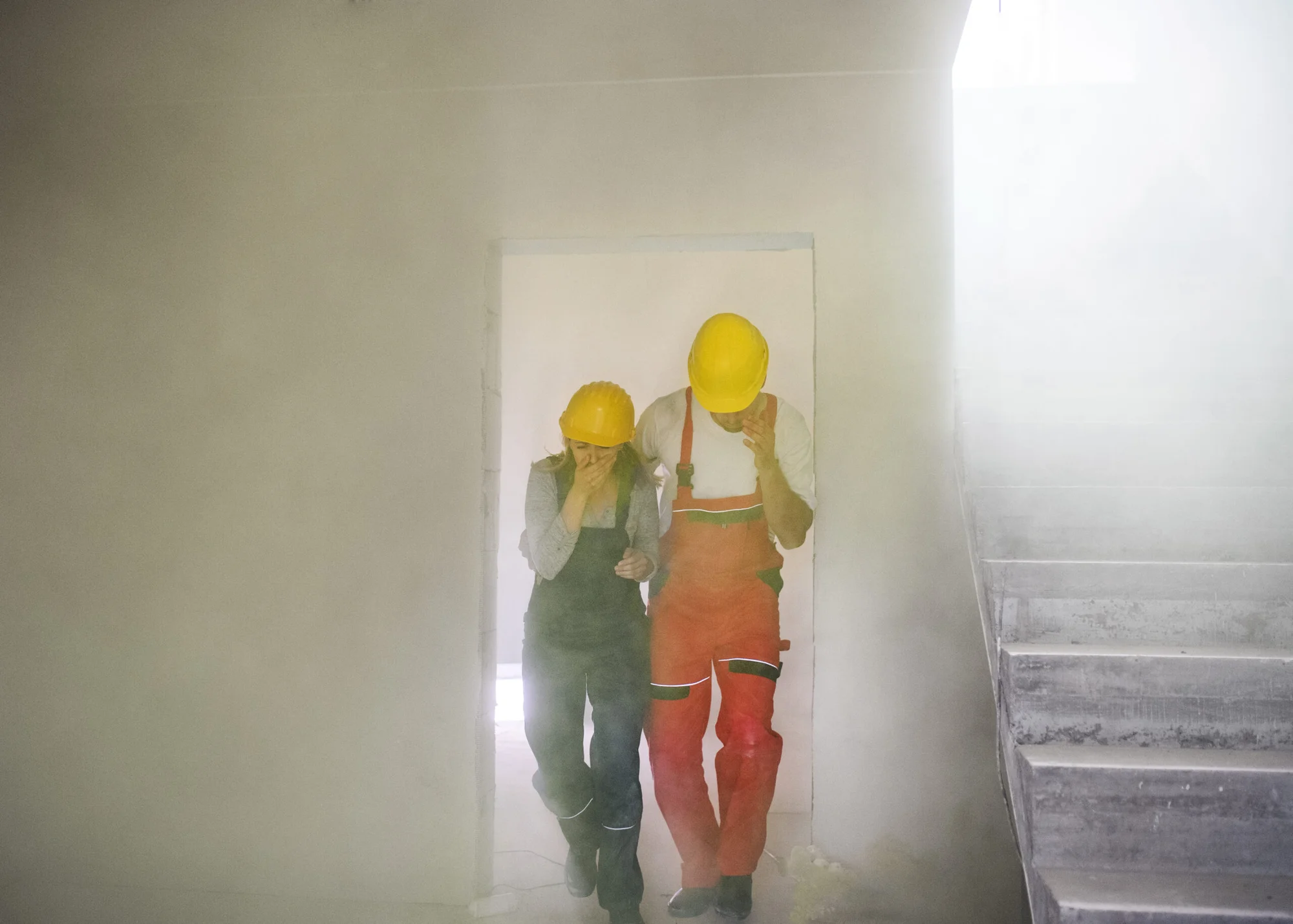Copyright breezyscroll

What happened in Santorini earlier this year? The Greek island of Santorini, known for its stunning whitewashed cliffs and turquoise caldera, was rattled by an unprecedented wave of seismic activity in early 2025. More than 28,000 earthquakes shook the region in just a few months, leaving residents and scientists alarmed. At the time, the sheer volume of tremors raised questions: Was this the beginning of a volcanic eruption, or simply shifting fault lines? Now, researchers say they have found the answer. What did scientists discover about the earthquakes? A study published in Nature offers the first comprehensive explanation. Using seismic data from monitoring stations and instruments placed at the nearby Kolumbo underwater volcano, researchers reconstructed the events that triggered the crisis. Roughly 300 million cubic meters of magma ascended from Earth’s deep crust. This magma eventually pooled at about 4 kilometers beneath the ocean floor. The movement fractured rock and created pathways, producing the intense swarm of quakes felt on Santorini. Dr. Marius Isken, a geophysicist at GFZ and one of the study’s lead authors, explained: “The seismic activity was typical of magma ascending through Earth’s crust. The migrating magma breaks the rock and forms pathways, which causes intense earthquake activity.” Their AI-powered analysis allowed scientists to trace the magma’s journey, moving in pulses from a depth of 18 km upward to just 3 km below the seabed. Why is Santorini so geologically active? Santorini is part of the Hellenic volcanic arc, one of the most geologically active regions in the Mediterranean. The islands form the rim of a massive caldera created by a catastrophic volcanic eruption about 3,600 years ago, often linked with the collapse of the Minoan civilization. Several factors contribute to its activity: Tectonic plate boundaries: The region sits where microplates shift and grind against each other. Subduction zone dynamics: The African plate is subducting beneath the Eurasian plate, melting crust and fueling magma rise. Kolumbo volcano: Located just 7 km northeast of Santorini, Kolumbo remains highly active and is considered a greater eruption risk than Santorini itself. How does this compare with past quakes in the region? This isn’t the first time Santorini has faced seismic upheaval. In 1956, two massive quakes, 7.4 and 7.2 on the Richter scale, struck the nearby Aegean Sea just 13 minutes apart, triggering a destructive tsunami. The 2025 earthquake swarm originated in the same zone. But unlike the 1956 disaster, the quakes this time were caused not by sudden tectonic rupture but by gradual magma intrusion. Should Santorini residents be worried about an eruption? While the research confirms that magma is moving beneath the seabed, scientists caution against assuming an immediate eruption. Instead, they suggest the activity highlights how magma plumbing systems can trigger widespread seismic unrest without breaching the surface. Still, the findings underscore the importance of monitoring. With millions of tourists visiting Santorini each year, the risk posed by the Kolumbo volcano and the surrounding arc remains under close international watch. Why does this matter? Understanding what triggered the 28,000 earthquakes isn’t just about Santorini, it’s about how scientists detect and predict volcanic activity worldwide. Early warning: Mapping magma movement can help anticipate eruptions before they happen. Tourism and safety: Santorini is one of Europe’s most visited islands. Any disruption could have massive economic and human consequences. Climate and history: The Minoan eruption that created Santorini’s caldera changed civilizations. Modern science seeks to ensure history doesn’t repeat itself without warning. More than 28,000 earthquakes rattled Santorini in early 2025. Scientists now confirm the quakes were caused by magma rising beneath the Kolumbo underwater volcano. About 300 million cubic meters of magma rose to just 3–4 km below the seafloor. Santorini lies in the active Hellenic volcanic arc, which has a history of catastrophic eruptions. Researchers say continued monitoring is crucial but warn there’s no evidence of an imminent eruption.



